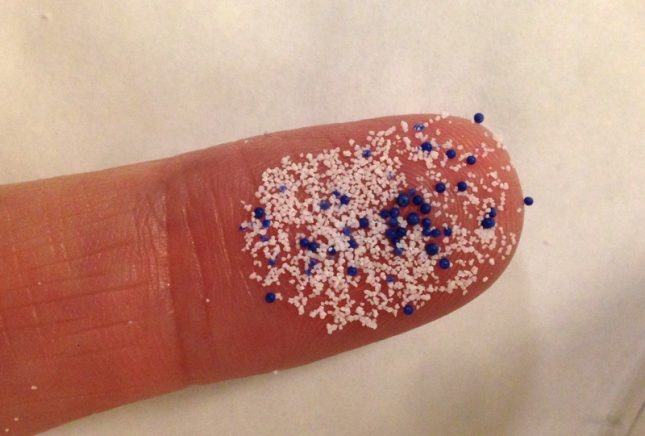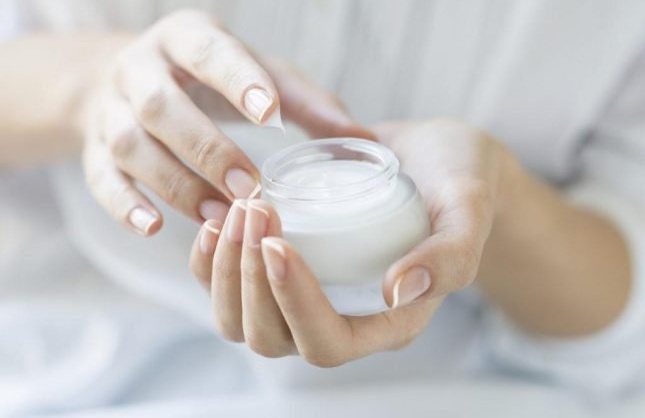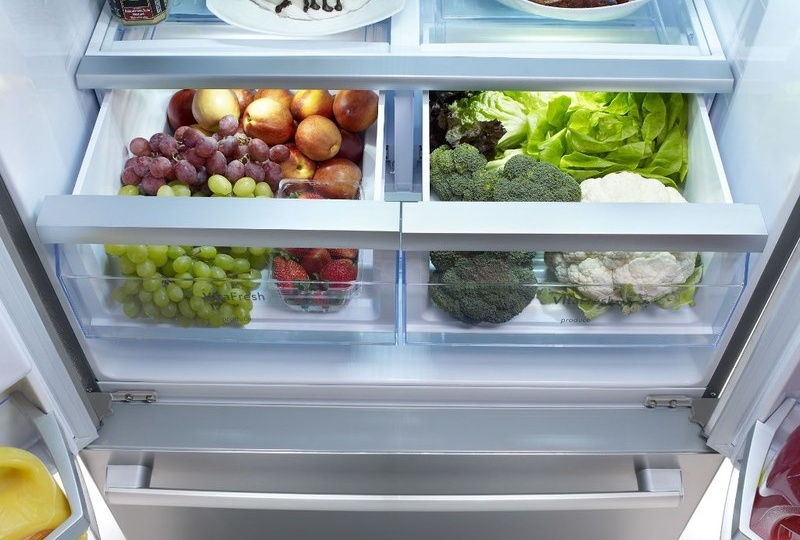Invisible killer: what is microplastic in water and why is it so dangerous
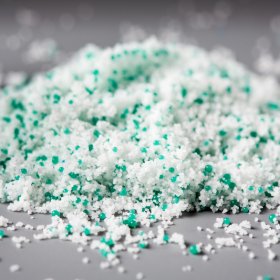
More and more microplastics fall into the waters of the oceans and seas, it is found in the stomachs of crabs, fish and other aquatic inhabitants. The problem is being actively investigated by ecologists and other experts. But now we can reduce the amount of dangerous microgranules that enter the environment.
How microplastic gets into water
Solid synthetic waste of a very small size (up to 5 mm), often not visible to the naked eye, is called microplastic. They are found in water. In recent years, dangerous particles have also been found in soil, animal bodies, and even humans. They are so small that they are not amenable to filtration, and therefore almost unavoidable from the natural environment.
The biologist R. Thompson in 2004 isolated the smallest particles from the polymer wastes found at sea and gave them the name microplastics.
There are two ways microplastic can enter water:
- Primary. It is also called industrial. Microplastic sources are:
- cosmetics - many products (toothpastes, scrubs, gels, etc.) include additives based on the smallest particles of synthetic polymers, and washing off these products, we send hazardous substances through sewers and sewage directly to the seas and oceans;
- car tires - their wear is accompanied by the release of polymer dust;
- synthetic clothing - microplastic particles fall away from it during the washing process in the machine, and through the sewage system enter the reservoirs.
- Secondary is pollution of the seas and oceans with plastic bags and bottles. Under the influence of moisture and ultraviolet light, such garbage is gradually crushed to microgranules.
Recent studies show that microplastic is found even in bottled water, beer and food.
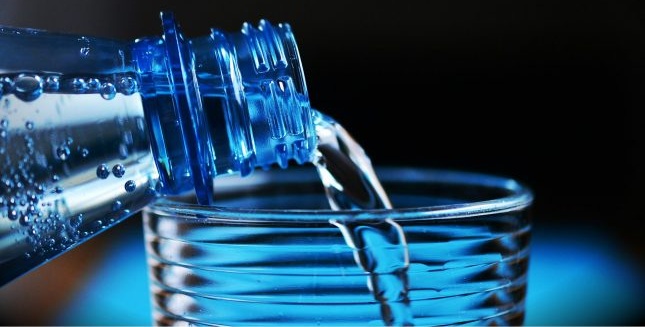
Microplastic is used in the manufacture of cosmetics to reduce the cost of production and improve its properties, as well as in the construction industry and in the manufacture of packaging
The danger of microplastics for humans and the environment
Tiny particles get into the environment without difficulty, and from there into living organisms. For example, fish swallow them with water. The small sizes of granules and plastic fibers contribute to their easy penetration into plankton - the basis of food chains. Accordingly, in the human body they can be. But experts say this with caution because of the lack of large-scale research. Of the already proven facts, the negative effect of microplastics on a living organism consists in the deformation of the lungs, the formation of blood clots, the occurrence of functional disorders in the digestive system.
In the course of laboratory studies, several properties of microplastics, which carry a potential danger to living tissues, were also established:
- this substance is a small abrasive, therefore, it damages tissues in contact with them, acting as a scrub;
- it is also a good adsorbent, i.e.contacting pesticides and other toxic pollutants in water, it absorbs them - in the body they are released, accumulate and negatively affect its various systems.
Ways to Reduce the Use of Microplastics
The human power to reduce the use of microplastics, thereby minimizing its release into the environment. To do this, you need:
- use clothing made from natural materials;
- sort garbage so that plastic gets recycled;
- carefully study the composition of household chemicals and cosmetics, trying not to purchase products that include plastic powder.
Microplastic in cosmetics is usually indicated by words that begin with Acry or Poly, for example, Acrylates / C10-30, Polymethyl Methacrylate, Polyquaternium-7, Acrylates Crosspolymer (ACS), etc. The following ingredients are also dangerous - sources of microplastics:
- Carbomer
- Nylon-6;
- Ethylen-Vinylacetat-Copolymere;
- Nylon-12.
A little more attention when choosing food products and sorting garbage - simple steps. But the result can be quite substantial.
